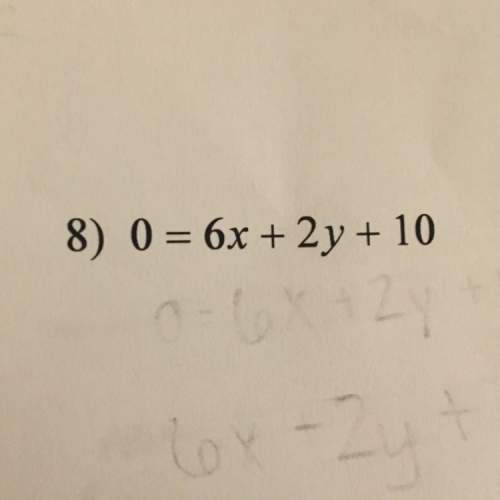Function f models the population, in
thousands of a city 1 years after 1930.
1,200
The...

Mathematics, 20.10.2020 21:01 ic838847
Function f models the population, in
thousands of a city 1 years after 1930.
1,200
The average rate of change of ſ from = 0 to
1 = 70 is approximately 14 thousand people
per year.
900
.
population in thousands
600
Is this value a good way to describe the
population change of the city over that time
period? Explain or show your reasoning.
300
10 20 30 40 50 60 70 80
years since 1930
o a
Yes Near 1930, the average rate of change was much less than 14 thousand people per year. Approaching year 2000, the average
rate of change was much
greater than 14 thousand people per year. So 14 thousand is the exact amount every year.
No Near 2000, the average rate of change was much less than 14 thousand people per year. Approaching year 1930, the average
rate of change was much greater than 14 thousand people per year.
No, Near 1930, the average rate of change was much less than 14 thousand people per year. Approaching year 2000, the average
rate of change was much greater than 14 thousand people per year.
No it is impossible to determine an average rate of change by looking at a graph
Ос
Od

Answers: 3


Another question on Mathematics

Mathematics, 21.06.2019 15:00
Answer this question only if you know the answer! 30 points and
Answers: 1


Mathematics, 21.06.2019 21:40
Which of the following best describes the graph below? + + 2 + 3 + 4 1 o a. it is not a function. o b. it is a one-to-one function. o c. it is a many-to-one function. o d. it is a function, but it is not one-to-one.
Answers: 3

Mathematics, 21.06.2019 23:00
Shared decision making is always a positive strategy to take
Answers: 1
You know the right answer?
Questions

History, 02.11.2019 19:31



Social Studies, 02.11.2019 19:31


Mathematics, 02.11.2019 20:31

Mathematics, 02.11.2019 20:31

Mathematics, 02.11.2019 20:31

Mathematics, 02.11.2019 20:31

Chemistry, 02.11.2019 20:31




Mathematics, 02.11.2019 20:31





Chemistry, 02.11.2019 20:31




